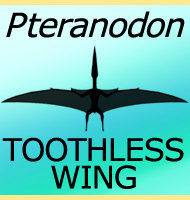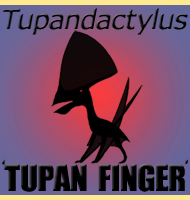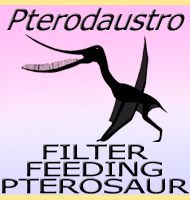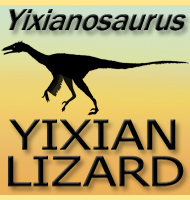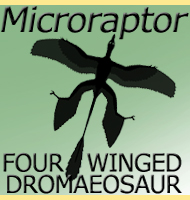


Hamipterus
Name:
Hamipterus.
Phonetic: Ham-ip-teh-rus.
Named By: Xiaolin Wang, Alexander W.A. Kellner,
Shunxing Jiang, Qiang Wang, Yingxia Ma, Yahefujiang Paidoula,
Xin Cheng, Taissa Rodrigues, Xi Meng, Jialiang Zhang; Ning Li
& Zhonghe Zhou - 2014.
Classification: Chordata, Reptilia,
Pterosauria, Pterodactyloidea, Ornithocheiromorpha,
Lanceodontia, Anhangueria, Hamipteridae.
Species: H. tianshanensis
(type).
Diet: Piscivore.
Size: Wingspan of larger individuals up to 3.5
meters.
Known locations: China, Xinjiang.
Time period: Early Cretaceous.
Fossil representation: Remains of multiple
individuals. Soft tissue remains and eggs are also known.
Ancient
animals, especially pterosaurs
are often known from only a few
bones, and then often poorly preserved. The pterosaur Hamipterus
however is very different. Not only is the complete animal known,
but fossil remains of dozens, maybe even hundreds have been
discovered. These include soft tissue impressions and eggs. This
has all come from the fact that was found was not one random pterosaur
here and another there, but a complete nesting colony that was buried
under a mudslide back in the Cretaceous.
The
discovery of this nesting colony has led to a few revelations about
pterosaurs. In the case of the Hamipterus
genus, the full growth
pattern of the pterosaur can be established. The crest on top of the
snout grew progressively more forwards as the individual reached
maturity. The crest also developed more prominent ridges. Most
telling though was that both males and females had crests on their
snouts, though the crests on males are notably larger. This is hard
evidence that the theory that only male pterosaurs had crests cannot
apply to the whole pterosaur group. Maybe it could still apply to
some pterosaur genera, but certainly not to Hamipterus.
Scans
of embryos within eggs also show that when baby pterosaurs hatched,
they could not fly straight away at the moment of hatching, their
bones are just too poorly developed for that. Juvenile Hamipterus
thigh bones however are already well adapted for walking, indicating
that while baby Hamipterus could not fly, they
could still amble
about. The observations that so many fossils of adults and eggs were
found together is seen as proof that pterosaurs did not just abandon
eggs, but reared their young until they could be independent.
Further reading
- Sexually dimorphic tridimensionally preserved pterosaurs and their
eggs from China. - Current Biology. 24 (12): 1323–1330.
- Xiaolin Wang, Alexander W.A. Kellner, Shunxing Jiang,
Qiang Wang, Yingxia Ma, Yahefujiang Paidoula, Xin Cheng,
Taissa Rodrigues, Xi Meng, Jialiang Zhang; Ning Li &
Zhonghe Zhou - 2014.
- Egg accumulation with 3D embryos provides insight into the life
history of a pterosaur. - Science 358(6367): 1197–1201.
- Xiaolin Wang, Alexander W. A. Kellner, Shunxing Jiang,
Xin Cheng, Qiang Wang, Yingxia Ma, Yahefujiang Paidoula,
Taissa Rodrigues, He Chen, Juliana M. Say�o, Ning Li,
Jialiang Zhang, Renan A. M. Bantim, Xi Meng, Xinjun Zhang,
Rui Qiu & Zhonghe Zhou - 2017.
----------------------------------------------------------------------------
Random favourites
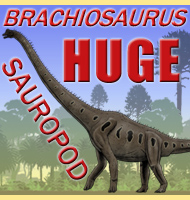 |
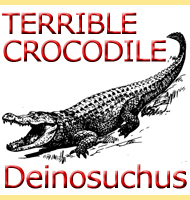 |
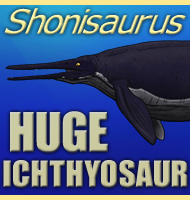 |
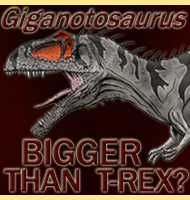 |
